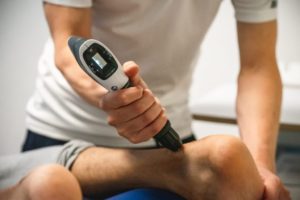What is the meniscus?
The meniscus is a piece of cartilage in the knee that is located between the thigh bone (femur) and the shin bone (tibia). The knee actually has two menisci, one on the inside of the knee (medial meniscus) and one on the outside of the knee (lateral meniscus). These cartilage discs are shaped like crescents and serve as shock absorbers and stabilizers for the knee joint.
Types of meniscus injuries
Good recovery
Treatment options for meniscus injuries vary depending on the severity and location of the injury. For small tears, conservative treatment such as physical therapy and rest may be sufficient. For larger tears, surgery, such as keyhole surgery (arthroscopy), may be necessary to remove or repair the damaged part of the meniscus.
Recovery after a meniscus injury can vary from several weeks to several months, depending on the treatment and individual circumstances. Physical therapy often plays a crucial role in the recovery process, and it is essential to follow your healthcare provider's recommendations to fully recover and return to your normal activities.
Understanding meniscus injuries and how they are treated can help you take the right steps to maintain or regain your knee health. If you suspect you have a meniscus injury, always consult a medical professional for a thorough evaluation and advice on the appropriate course of treatment.










